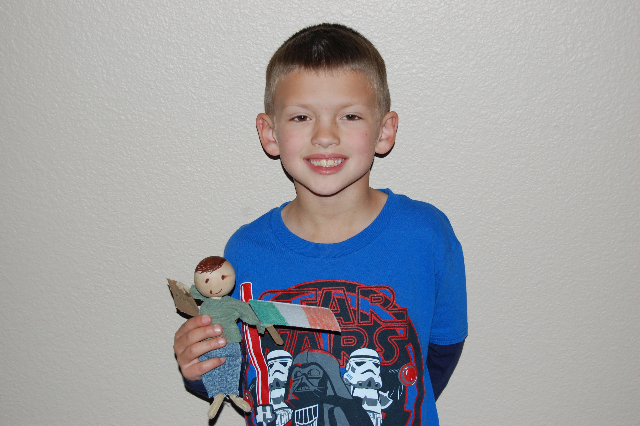I am really glad to get a chance to write a blog entry on books, as reading is one of my favorite things to do. I rarely go anywhere without a book, and I usually have an audio book playing when I drive. Young-adult fiction is a favorite genre of mine, as there is a great deal of imagination and magic to be found in many of today’s books and series. Following are some of the best young-adult books I’ve read lately.
When You Reach Me, by Rebecca Stead, was the 2010 Newbery Award Winner, and with good reason, as it’s a very entertaining story. There is time travel along with some very realistic pre-teen angst. And there’s just enough intrigue to keep you reading and wondering how it’s all going to end.
I loved the first two books of the Hunger Games series, and I’m sure I’m not the only adult who has pre-ordered book #3 and is looking forward to its August release date. The Hunger Games is the kind of book you just can’t put down. Set in a dystopian society after some unnamed event (or series of events) has changed the world, the story is often sad and violent but gives you much to root for, especially with a main character who is incredibly smart and heroic. I don’t think kids today would find the book too violent, but some adults may have trouble with it. (Our Editor-in-Chief Ina made me tell her if a certain character lives before she would consider picking the book up again.)
I also enjoyed reading Susan Beth Pfeffer’s Last Survivors series. (I read a lot of dystopian fiction for someone who really does not want to experience a disaster of any kind.) In this three-book series, a meteor has hit the moon and knocked it out of orbit, causing a global disaster. I think what is so great and surprisingly hopeful about books like these is that we get to see ordinary teenagers becoming heroes in extraordinary situations. These are the kind of books that really get into your head. (After book #3, This World We Live In, I started thinking about how I could stockpile bottled water and pet food.)
Another noteworthy author writing young-adult fiction is Laurie Halse Anderson. I read three of her books this year and all were very different stories. Chains is historical fiction set in the time of the Revolutionary War and features a young girl who is born a slave and becomes a spy. Twisted and Prom take place in modern times and feature believable and funny teenagers who have to deal with very modern moral dilemmas. Prom was definitely the more light-hearted book of the two, but both were great reads.
I have so many more books I could include, but I think this is probably enough for now. Does anyone out there have other suggestions for books that kids (and adults) would love?



